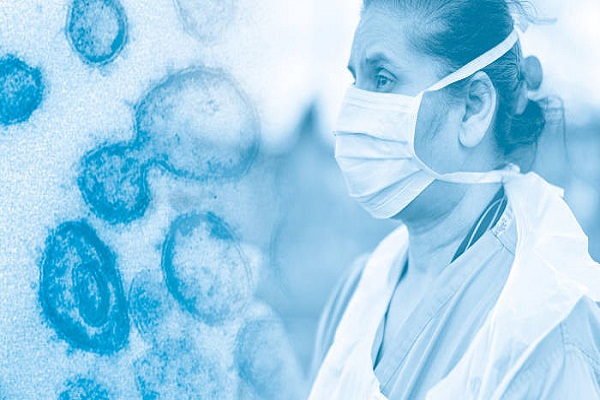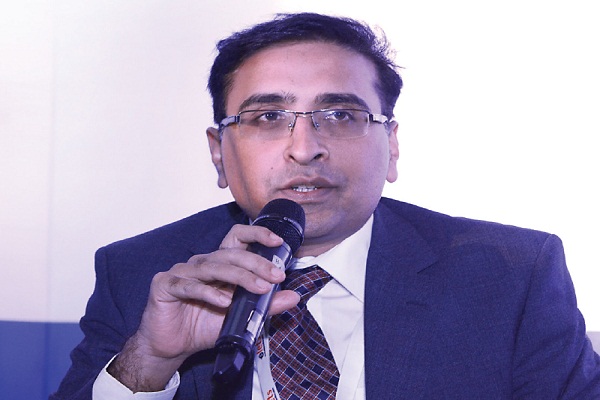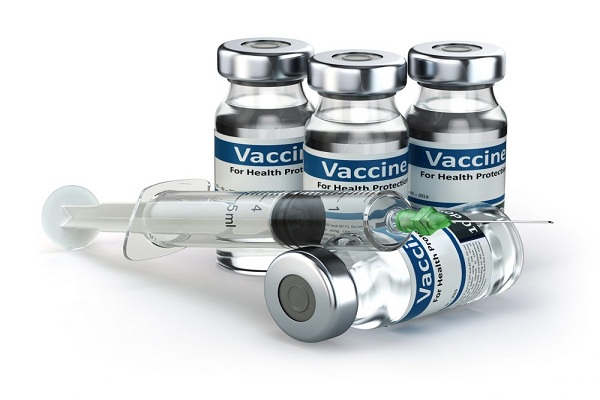
 According to the UNs recent World Population Ageing Report, the elderly population in India is estimated to grow by 64 percent by 2030. Improving economic conditions and enhanced access to healthcare has caused a shift in disease patterns from communicable diseases such as hepatitis, cholera, malaria, tuberculosis and HIV to non-communicable diseases like Parkinsons, Alzheimers, asthma, diabetes and heart disorders. The incidence rate of such diseases is projected to grow substantially in coming decades as the size of the elderly population grows.
According to the UNs recent World Population Ageing Report, the elderly population in India is estimated to grow by 64 percent by 2030. Improving economic conditions and enhanced access to healthcare has caused a shift in disease patterns from communicable diseases such as hepatitis, cholera, malaria, tuberculosis and HIV to non-communicable diseases like Parkinsons, Alzheimers, asthma, diabetes and heart disorders. The incidence rate of such diseases is projected to grow substantially in coming decades as the size of the elderly population grows.
Parkinsons, commonly found in the elderly, can become a major healthcare challenge in the near future due to lack of awareness about the disease and its symptoms. Parkinsons is a progressive disorder of the nervous system that affects movement. It develops gradually, sometimes with a simple tremor in one hand, followed by stiffness of joints and slowing of movement.

While the root cause of the disease is yet to be understood, researchers speculate that both genetic and environmental factors contribute. Parkinsons occurs when certain nerve cells called neurons in the brain gradually start breaking or dying down.
Its symptoms develop due to loss of neurons that produce a chemical messenger in the brain called dopamine. When the level of dopamine decreases wherein brain doesnt get sufficient amount of dopamine, motions become delayed or uncoordinated. This led to symptoms of Parkinson’s disease in an individual.
There is no single defining symptom or sign of Parkinsons, but a combination of warning signs which each individual experiences differently. Following are the common warning symptoms that hint Parkinsons:

- Reduction or loss of sense of smell
- Aches and pains
- Constipation
- Depression and anxiety
- REM sleep behaviour disorder, a condition in which the paralysis that occurs during sleep is incomplete or absent, leading to the person acting out his or her dreams
- Cognitive symptoms like mild slowness of mental processing speed, concentration and lack of motivation
Parkinsons is primarily diagnosed based on medical history of the patient, signs and symptoms. It is confirmed by byneurological and physical examination. Drawing definite diagnosis sometimes takes time and may need regular follow-up appointments.
The good news here is that medication can help control the symptoms in Parkinsons to a significant extent. Lifestyle changes, exercise and physical therapy are also recommended in addition to medication. In advanced cases of Parkinsons, surgery may be advised.
Deep brain stimulation (DBS), which involves minimal permanent surgical changes to the brain, is prescribed to treat motor symptoms in Parkinsons disease, such as tremor, rigidity, stiffness, slowed movement and walking problems.
Offered to patients who have had the disease for over four years, in this procedure, surgeons implant electrodes into a specific part of the brain. This further gets connected to a generator implanted in the chest near the collarbone that sends electrical pulses to the brain for reducing symptoms.
However, like any other surgical procedure, there are certain challenges associated with DBS as well. There is a risk of stroke in 1- 3% and infection in 3-4% of patients. Infections post surgeryare usually not life threatening but may however require removal of the entire DBS system.
(Disclaimer: The writer is Dr V. P. Singh, Chairman, Institute of Neurosciences, Medanta- The Medicity. The views expressed are personal opinion.)
Be a part of Elets Collaborative Initiatives. Join Us for Upcoming Events and explore business opportunities. Like us on Facebook , connect with us on LinkedIn and follow us on Twitter , Instagram.












